Foldable Ear Tag Reader
Display: 2.08 inches OLED screen
Interface: BLE4.0
Foldable range: 45-120cm
Standard: ISO11784/5 FDX-B
Scanning Range: 80mm
Introduction
LET-1 is an Ear Tag Reader to read IDs of livestock (swine, bovine or sheep).
The reader is design to be foldable within a range of 45cm – 120cm. this makes the reader much useful in conditions that ear tags can’t be reached easily.
And with the build-in Bluetooth Low Energy (BLE) features, the IDs read by the readers can easily be transferred to smart terminals (like iPhone, iPad, or any smart system (including iOS, Android or Windows.) with build-in supported for BLE4.0 or higher.
Two communication modes are provided, Emulation Keyboard Mode and BLE Peripheral Mode. In Emulation Keyboard Mode, the reader act as a Keyboard when connected. The IDs read can be “typed” into you iPhone (for example) automatically, any Apps with editing field can receive the ID without any extra software development. In BLE Peripheral Mode, the reader is communicate with an App (developed by you) directly, this can make the reader be used easily with the integration of the App and the reader.
Display: 2.08 inches OLED screen
Interface: BLE4.0
Foldable range: 45-120cm
Standard: ISO11784/5 FDX-B
Scanning Range: 80mm
Battery Lasting: 20 Hours.
Weight: <0.3Kg
BLE communication details
Emulation Keyboard
Two settings are provided in Emulation Keyboard mode:
1. EMU KBD STD. (Standard Emulation Keyboard)
The readers act as keyboard to your iPhone (or others). IDs can be “typed” into editing box automatically. The drawback is when the reader is connected, the “virtual-keyboard” (the screen used to type in characters) will hide automatically, and the users are not able to type in other characters because the ear tag reader is not a real keyboard.
2. EMU KBD for iOS
The readers act as keyboard to your iPhone (or iPad). The advantage of this mode compared with previous mode is: when the reader start reading, the “virtual-keyboard” hidden automatically, and when the reading finished, the “virtual-keyboard” show out again automatically (even the reader is still connected).
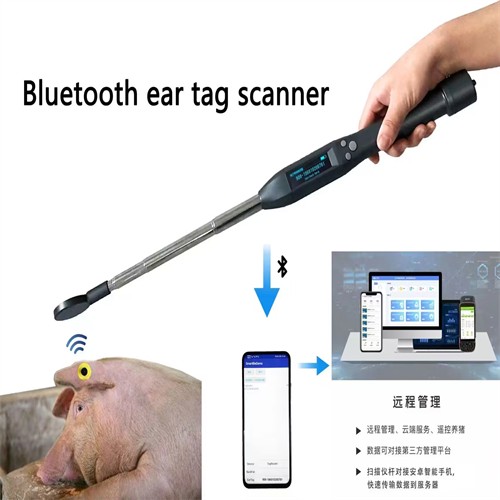
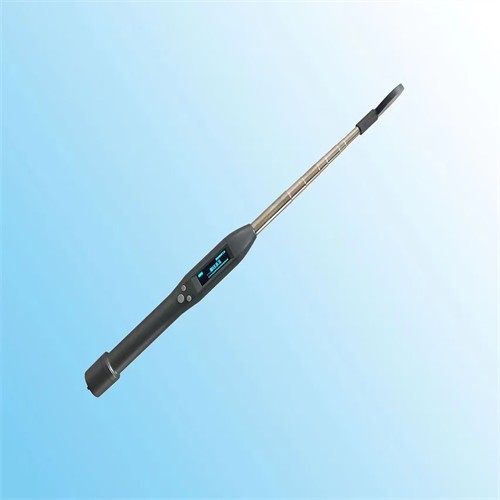
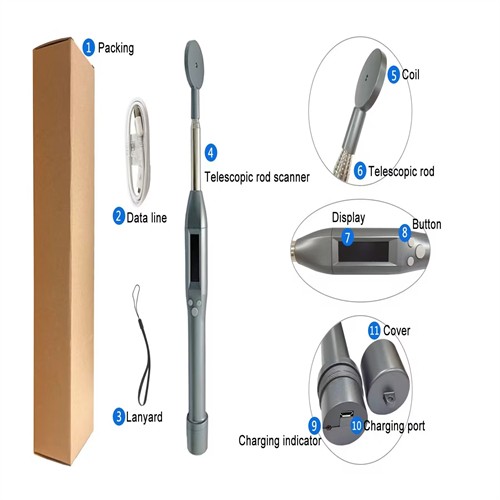

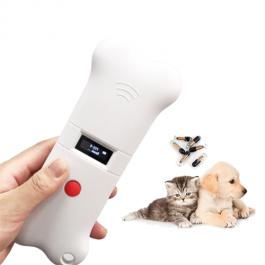
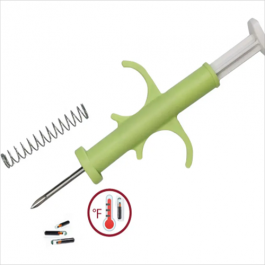
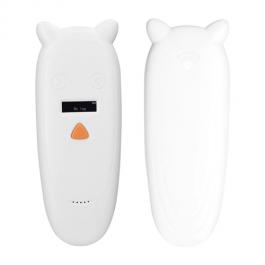
 David
David